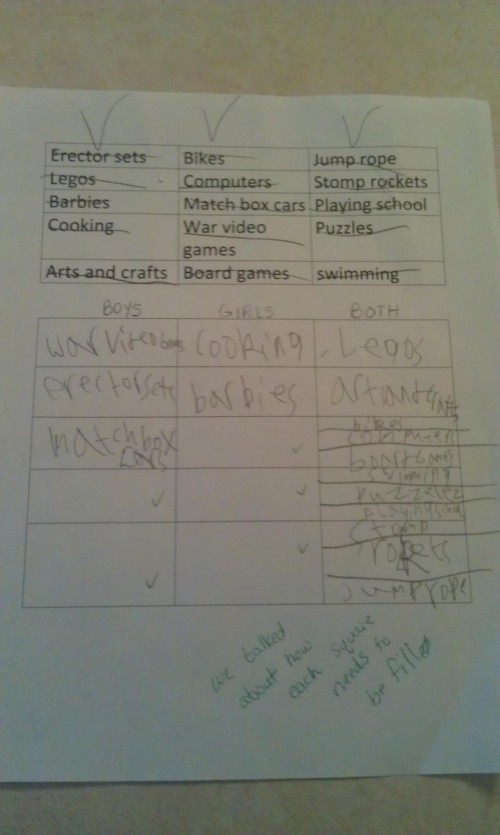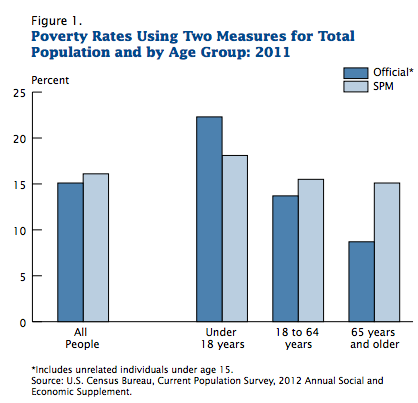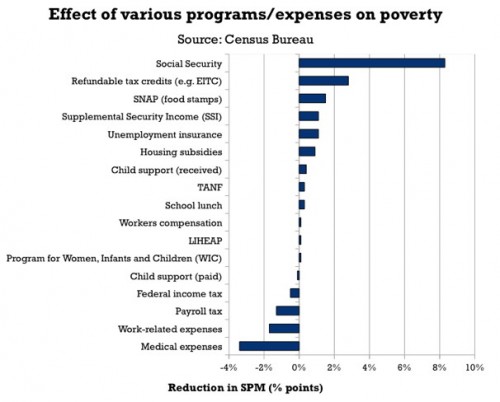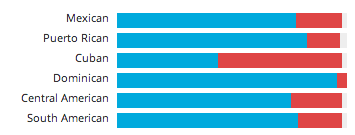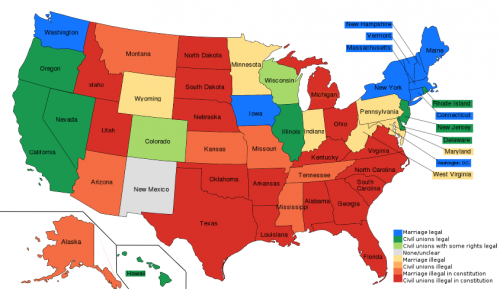Today we have an important public service announcement for you from Radi-Aid: Africa for Norway. The campaign has released a song and accompanying music video, imploring Africans to donate radiators to help Norwegians survive the difficult conditions in their country:
The real point of the video, of course, is to point out some of the problems with the images of Africa that are often presented in humanitarian fundraising drives by using a “We Are the World”-style song to turn the tables. The video’s creators argue that the constant depiction of Africa as a place of violence and misery is both counter-productive and generally obscures the actual cause of many of the problems, presenting the West as benevolent saviors while ignoring any role they might have in actually creating the conditions the fundraising campaigns are meant to address.
From the Radi-Aid website:
The pictures we usually see in fundraisers are of poor African children. Hunger and poverty is ugly, and it calls for action. But while these images can engage people in the short term, we are concerned that many people simply give up because it seems like nothing is getting better. Africa should not just be something that people either give to, or give up on…We need to change the simplistic explanations of problems in Africa. We need to educate ourselves on the complex issues and get more focus on how western countries have a negative impact on Africa’s development. If we want to address the problems the world is facing we need to do it based on knowledge and respect.
Erik Evans, one of the people behind the video, spoke to NPR about the video and the intent. You can listen to the segment here.
Thanks to Erin A., Amy H., Katrin, and Autumn S. for sending it in!
Also see this video in which four African men awesomely poke a little fun at stereotypes of African men in U.S. pop culture, Chimamanda Adichie on the “single story of Africa,” and how not to write about Africa.
Gwen Sharp is an associate professor of sociology at Nevada State College. You can follow her on Twitter at @gwensharpnv.


